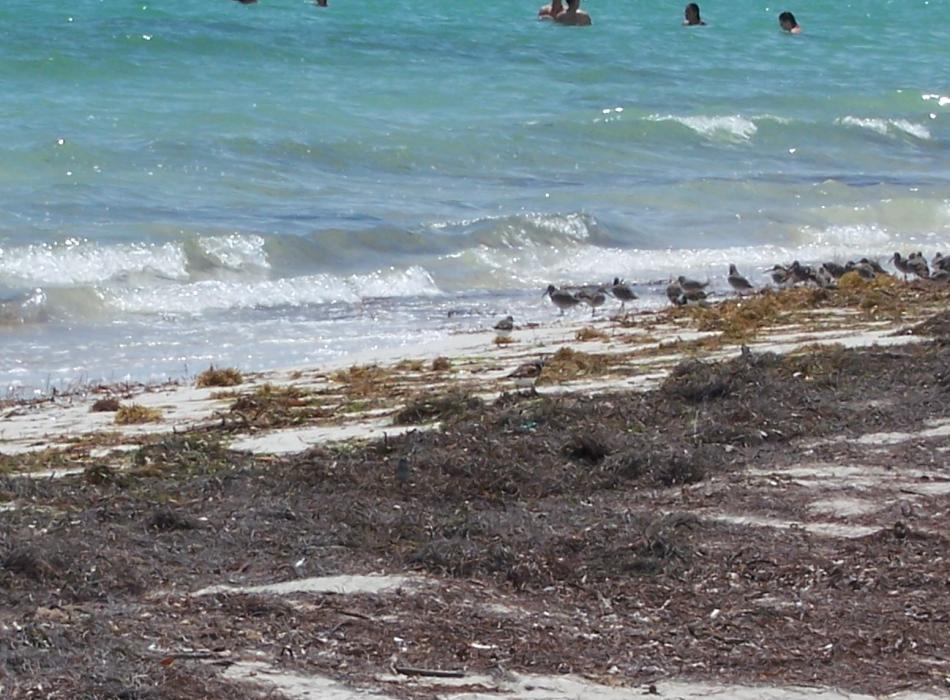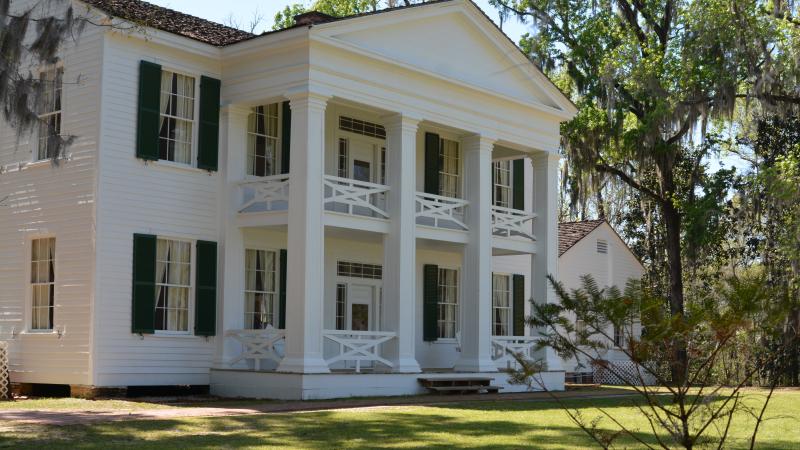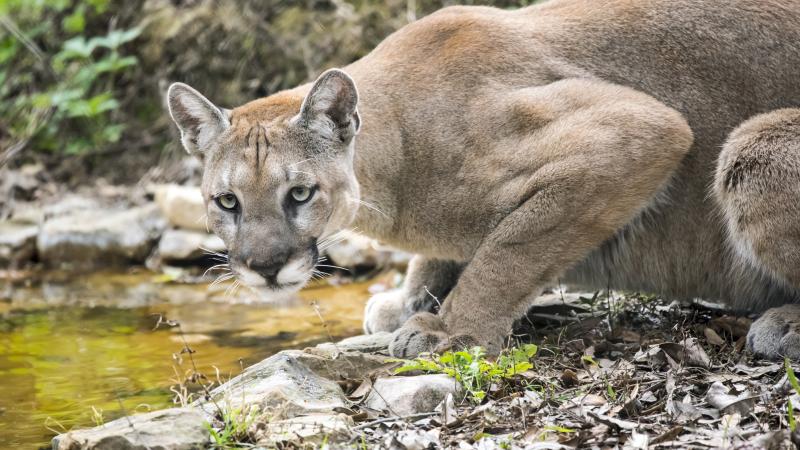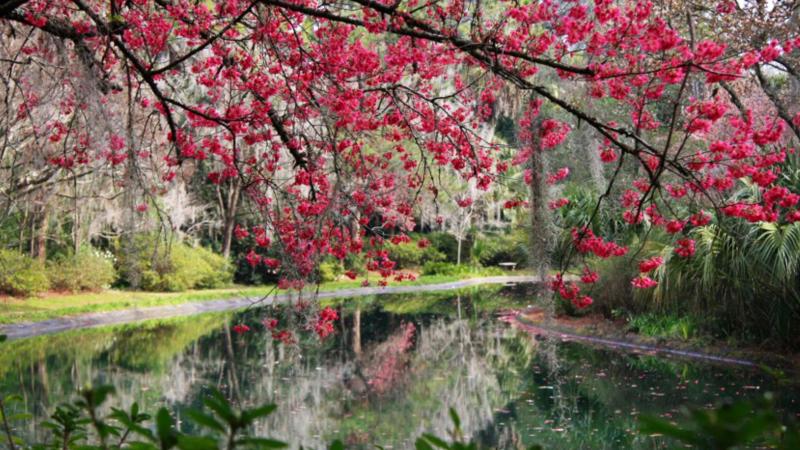Wonders of the Wrack Line

The wrack line is the area on the beach where organic material and other debris is deposited at high tide. Typical debris includes uprooted seagrasses, algae, seeds, mangrove leaves and propagules along with sponges, soft corals and shells. Bahia Honda State Park has Atlantic and bayside shorelines, both of which have wrack lines. There are two high tides per day that bring in seagrasses and other debris to form this important part of the ecosystem.
At first glance, one might think the wrack line isn’t very appealing and that it ruins the beach aesthetic to have seagrass on the beach. But understanding how important it is for the island makes it into a welcomed site. The seagrass provides shelter for a variety of animals. Among the wrack line you’ll find small crustaceans called amphipods. As these creatures feed among the seagrass, the shorebirds come along and feed on them.
All this foraging breaks down the seagrass in the wrack line, and the particles become nutrients for the dunes. The wrack line also helps stabilize the sand, which in turn promotes dune life.
In addition to these benefits, the wrack line is a treasure trove for those who take time to look. The bits of coral, the seashells and the drift seeds have all made a journey to the shoreline and tell the story of this wonderful cycle.
The wrack line is natural and necessary part of the ecosystem at Bahia Honda State Park and truly serves as an ecological bridge between land and sea.



